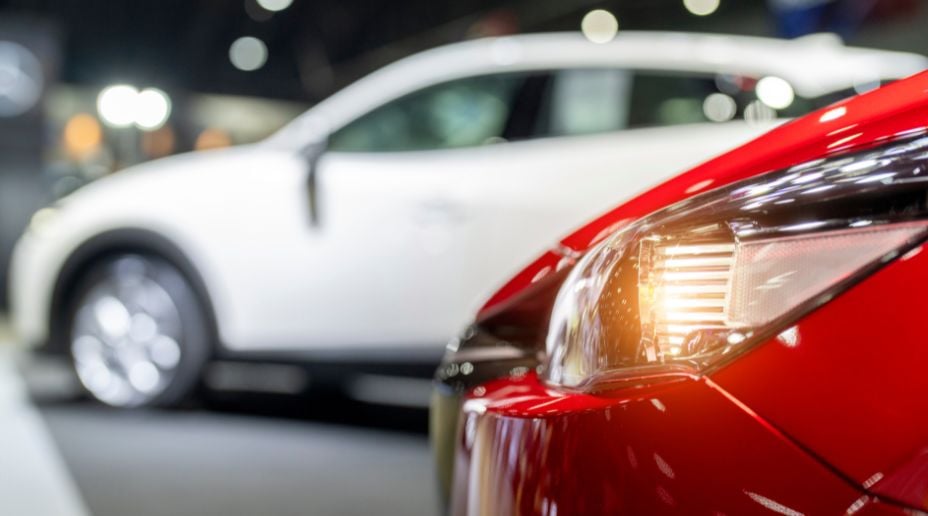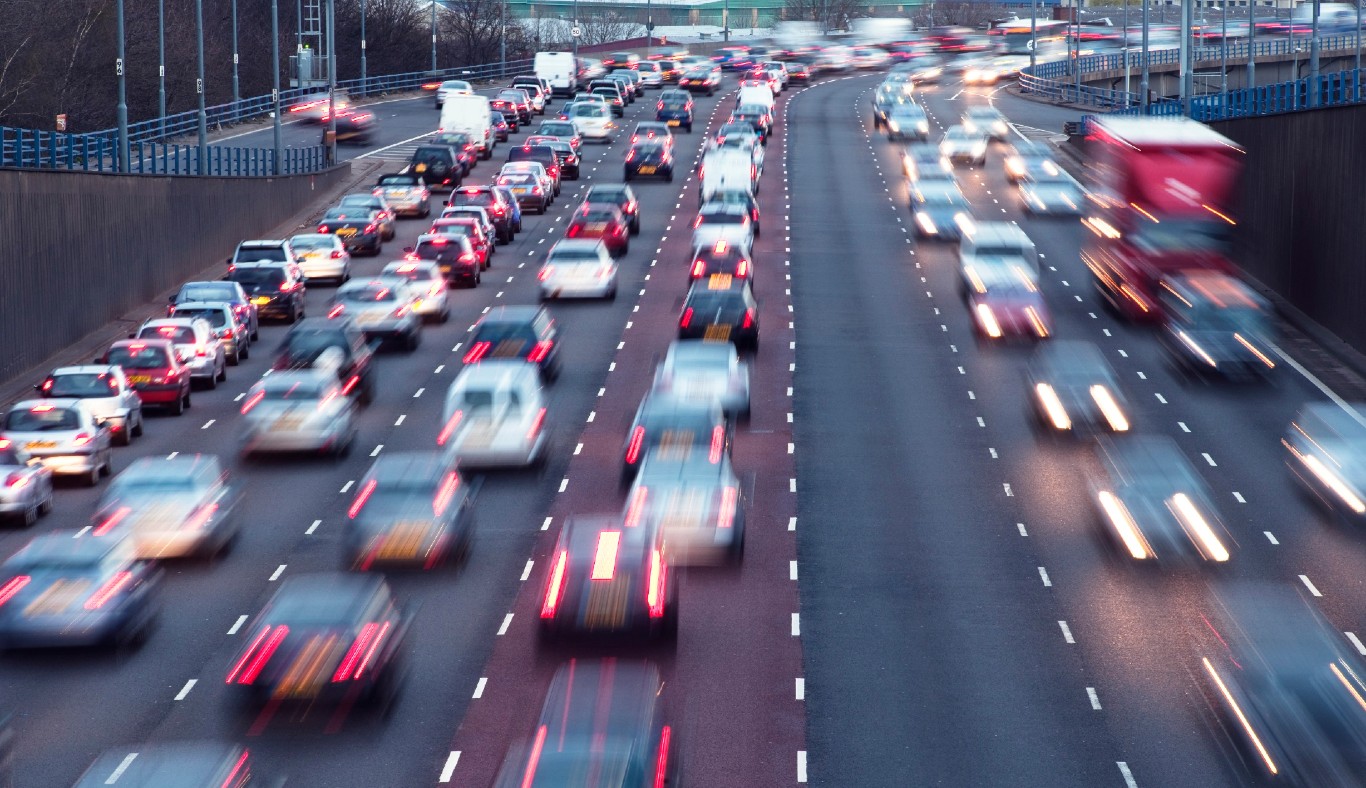
New laws clamp down on distracted driving
How many of us would admit to occasionally being distracted behind the wheel? Perhaps whilst singing along to a favourite song, ‘rubber-necking’ whilst passing a road accident or taking in the scenery. But arguably one of the biggest potential distractions for a driver is their mobile phone.
Around 29% of all UK drivers admitted to making or receiving calls whilst driving
Updated driving laws
The updated law at a glance:
- A complete ban on holding and using a mobile phone, sat nav or any handheld device which can send or receive data.
- This includes taking photos or videos, streaming and playing games.
- Any use of a mobile phone for communication or a sat nav must be through hands-free access, with devices secured in a cradle.
- Devices must not be used even when in offline or flight mode.
- The ban also applies if a driver is waiting at traffic lights, queuing in traffic, supervising a learner driver or using a car with a stop/start engine whilst the vehicle is stationary.
Are there any exceptions?
What are the penalties?
Anyone caught breaking the new law will be subject to the following:
- Up to six penalty points on their licence
- A fixed penalty notice of £200
- A fine of up to £1,000 (or £2,500 for bus and lorry drivers)
- A driving ban, or even a revoked driving licence where the driver has only passed their test within the last two years.
Why has the law changed?
Whilst it’s been illegal to use a phone whilst driving since 2003, statistics show that a large number of drivers continue to break the law. According to the RAC’s 2020 Report on Motoring, there’s been an increase in the number of drivers admitting using a mobile phone at least occasionally behind the wheel – up from 24% in 2019 to 29% in 2020.3 It seems in today’s connected world, drivers are struggling to switch off.
Anything that requires a driver to divert their attention to a second activity is considered a distraction, as this places extra demands on their concentration. Driver distraction can be categorised as visual, cognitive, physical/biomechanical or auditory.
Categories of driver distraction
VISUAL DISTRACTION EXAMPLES - e.g. adjusting radio station, viewing text messages.
COGNITIVE DISTRACTION EXAMPLES - e.g. talking to passengers in the vehicle whilst driving.
BIOMECHANICAL DISTRACTION EXAMPLES - e.g. picking up a drink, turning a dial.
AUDITORY DISTRACTION EXAMPLES - e.g. loud music, passengers arguing.
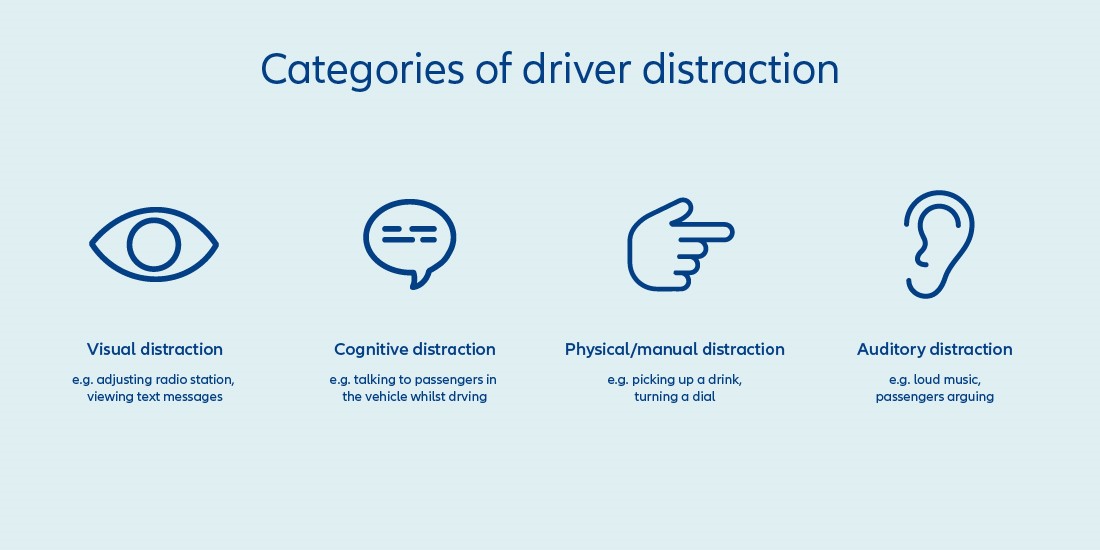
Using a mobile phone can fall under any and all of the above categories and is therefore is extremely distracting for motorists.
The UK road safety charity IAM RoadSmart conducted a study4 revealing how distractions can negatively impact upon drivers’ reaction times. This showed that using a hand-held phone can slow reaction times by up to 46%.
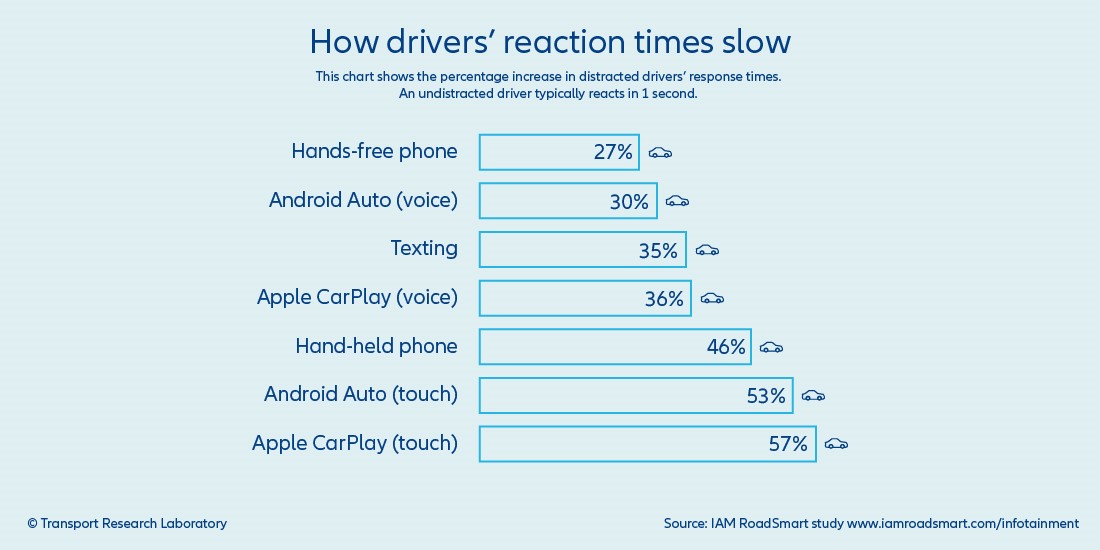
Implications for fleet operators
The new law not only has implications for individuals but also for any companies with drivers and fleet operators. Employers have a responsibility under the Health and Safety at Work etc. Act 1974 to “ensure, so far as is reasonably practicable, the health, safety and welfare at work of all employees”.5 This extends to ensuring safety in respect of vehicle use and maintenance.
Any such company should recognise the importance of publishing and communicating a driving at work policy to ensure drivers are familiar and compliant with their responsibilities whilst driving in connection with their employment. Any action to reduce the risk of accidents can also benefit businesses by reducing repair costs, mitigating the risk of supply chain and business interruption and minimising employee days lost due to injury.
The Driving for Better Business website hosts a variety of resources including a toolkit to assist businesses in developing a robust driving at work policy. The Health & Safety Executive (HSE) also signposts useful driving for work websites and resources.
Further reading
It’s essential for drivers and fleet operators to continue to stay up to date with all Highway Code developments. Email alerts on changes can be requested via the government website.
You might also be interested in New year, new rules for road users.
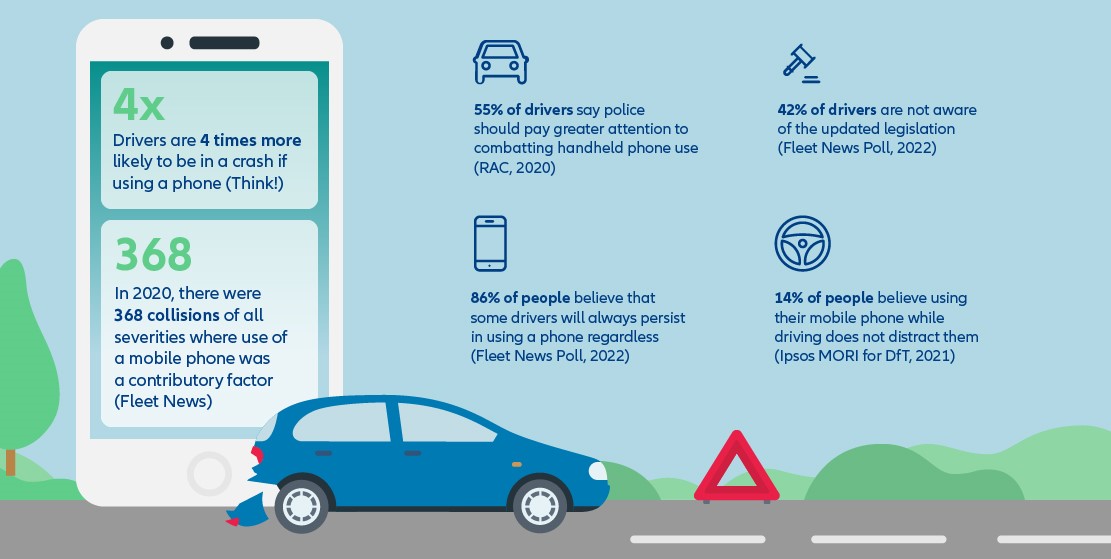
- 55% of drivers say police should pay greater attention to combatting handheld phone use (RAC, 2020)
- 42% of drivers are not aware of the updated legislation (Fleet News poll, 2022)
- 86% of people believe that some drivers will always persist in using a phone regardless (Fleet News poll, 2022)
- 14% of people believe using their mobile phone while driving does not distract them (Ipsos MORI for DfT, 2021)
- Drivers are 4 times more likely to be in a crash if using a phone. (Think!)
- In 2020, there were 368 collisions of all severeties where use of a mobile phone was a contributory factor (Fleet News)
Follow us
1 RAC. Report on Motoring. 2020. CRS-1067 Report-on-Motoring lr FINAL.pdf (rootdom.net)
2 Rule 149 of The Highway Code. General rules, techniques and advice for all the drivers and riders (103 to 158) - The Highway Code - Guidance - GOV.UK (www.gov.uk)
3 RAC. Report on Motoring. 2020. CRS-1067 Report-on-Motoring lr.FINAL.pdf (rootdom.net)
4 IAM RoadSmart. Infotainment safety concerns. IAM RoadSmart Infotainment Research 2020
5 HSE. Health and Safety at Work etc Act 1974. Section 2. Health and Safety at Work etc. Act 1974 (legislation.gov.uk)














